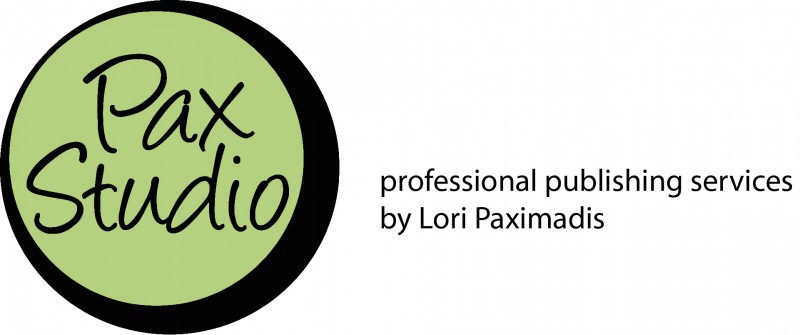You’ve worked on your book for months — maybe even years — and now it’s time to get it edited. But what exactly does editing mean?
Let’s compare that nebulous concept, editing, to landscaping. If your yard is in pretty good shape, you might want someone to simply come and cut the grass and deal with small problems as they come up: a patch of crabgrass, an overgrown shrub. Some yards need a bit more TLC to look good: edging, fertilizing, aeration, overseeding. You might need to take down a shrub or tree, or plant a new one. If you’re starting with a bare patch of dirt and a vague idea of what you want it to look like, you’ll need someone who can come up with a plan and then plant grass and trees, build retaining walls, install walkways and lighting, and the like.
The word editing, like the word landscaping, covers a range of services, from copyediting to developmental editing. Different editors use slightly different descriptions, or add more levels between these, but these are the basics most editors agree on:
- Copyediting is the most basic form of editing: fixing errors in spelling, grammar, usage, and the like, and applying a consistent style (Gray or grey? Unspoken thoughts in quotes or italics? Section breaks marked with a blank line or an ornament? How are numbers treated?). The copyeditor should also be on the lookout for inconsistencies in the content; for example, your main character’s eyes were described as deep blue in the first few chapters, but later they are described as chocolate brown. In fiction especially, it should include pointing out problems in the timeline (event A happened on Thanksgiving, and event B was stated as being four days later but also a Saturday). Copyediting may or may not include basic fact checking (Is Nicholas Cage the correct spelling of the actor’s name? Can you drive from Indianapolis to New Orleans in eight hours?). Many copyeditors charge extra for this service, and some do not provide it at all. (I provide basic fact checking as part of my copyediting service.)
- Line or content editing goes a bit deeper. A line editor does heavier editing at the sentence and paragraph level, beyond merely fixing grammar, to make the text flow better. She will point out (and perhaps fix, depending on your agreement) bigger-picture problems in story, characterization, and organization.
- Developmental or structural editing involves working closely with the author to bring the author’s rough idea or draft manuscript into publishable form. This may involve organizing or reorganizing, suggesting creation of new content or deletion of existing content, and otherwise guiding the author at the bedrock level of content.
Most editors do not perform the entire range of editing services. A good developmental author may not be a good copyeditor, and vice versa. Authors should not expect a copyeditor to fix structural problems with the manuscript, nor should they expect that their manuscript will be publishable immediately after working with a developmental editor.
The most important thing is that the author and editor agree about what level of editing needs to be done and what they expect from each other.

First of all I want to say terrific blog! I had a quick question which I’d like to ask if you don’t mind.
I was curious to find out how you center yourself and clear your head prior to writing.
I’ve had trouble clearing my mind in getting my thoughts out there.
I do enjoy writing but it just seems like the first 10 to 15 minutes are generally lost simply just trying
to figure out how to begin. Any suggestions or hints? Appreciate it!
The best thing to do is just put the pen on the paper or the fingers on the keyboard and start writing whatever comes into your head. Know that it isn’t going to be anything you can publish, but it does serve a purpose: to get you over that first speedbump and get the words flowing.
Good luck!